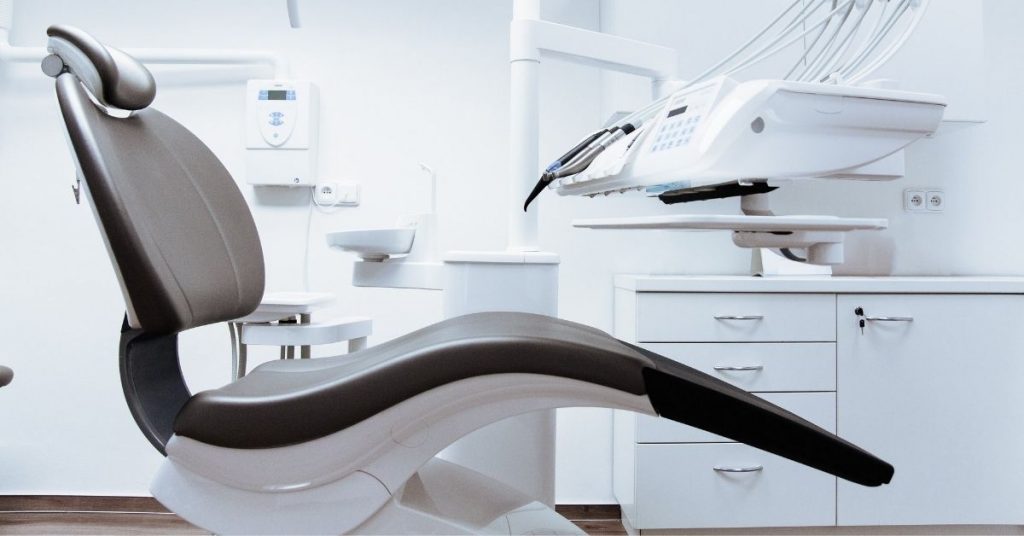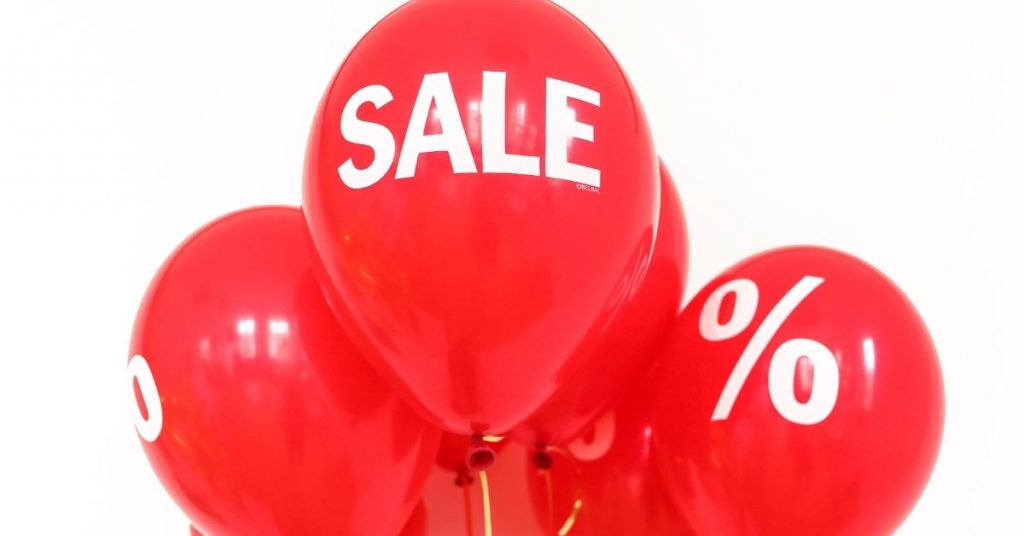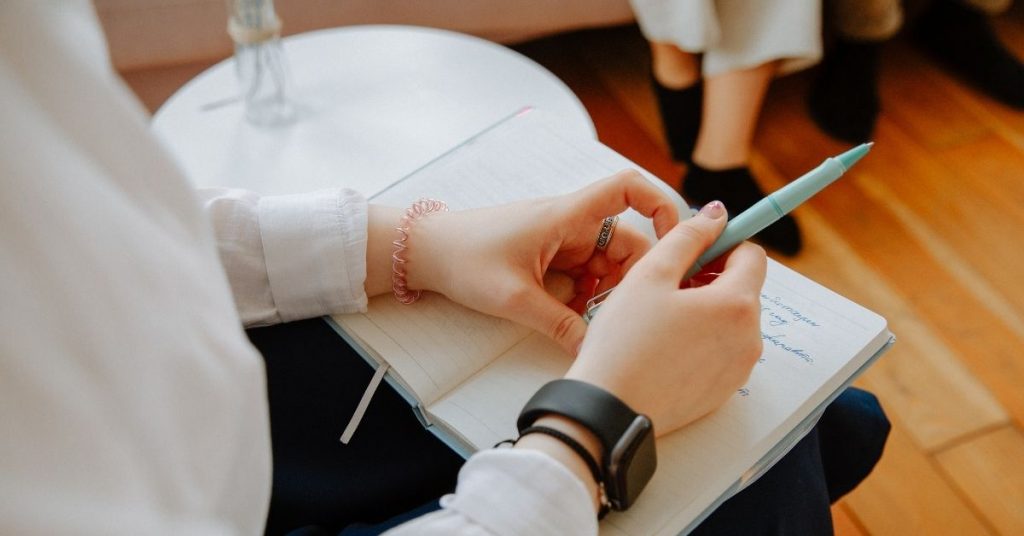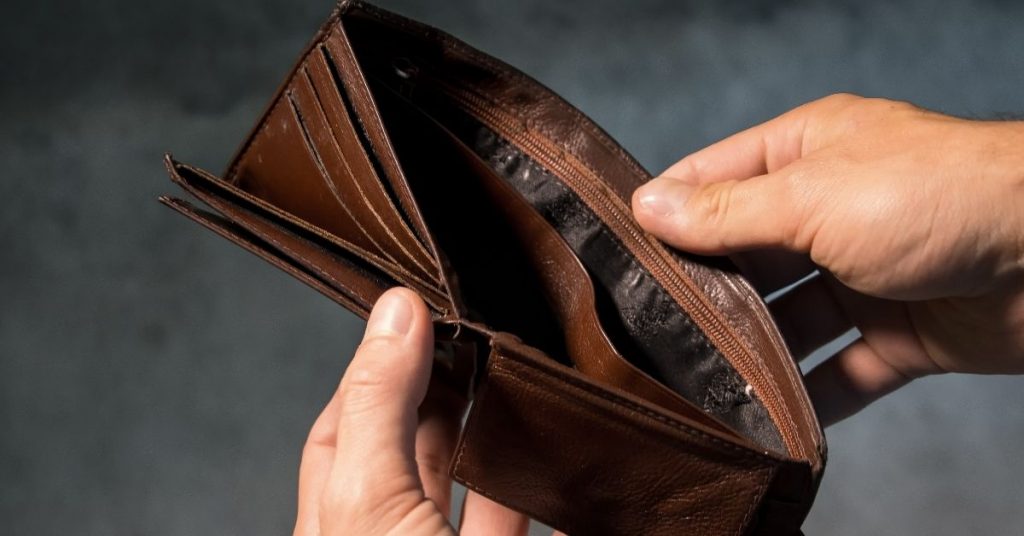Tips for Winning Shopper Cases
In order to provision a July 4th party this past summer, a friend and I decided that we would utilize the services of one of the many barbecue establishments in our local area.
Here in the Carolinas, our world-renowned product is pulled pork, usually served on a bun with cole slaw. In this part of the world, this is an extremely competitive business, and these pit-masters have skills that are as meticulous, well-honed, and highly regarded as yours.
As ‘shoppers’ with a budget in the $500 range, we expected that each competitor would gladly allow us to sample a small portion of their product at no charge. It’s worth mentioning that an average check at these businesses is under $10, so this was a very nice piece of business for the winning establishment.
Our plan was to visit three different restaurants, sample the product at each, and make our decision.
What we experienced was interesting:
Option 1: The product here was visible in a hot display case by the cash register, and the owner greeted us upon arrival. When I explained our needs, without another word he dipped a set of tongs into the barbecue and held this out for both of to pull samples from, using our bare hands. The tongs were then returned to the meat (I did not see a sterilization area in the vicinity). He disappeared in the back of the kitchen. We liked the pork, but kept staring at those tongs in the meat while we stood there chewing. When he returned, we thanked him and left.
Option 2: When we explained our needs, this owner pointed to his menu and suggested that we order his “pork plate” which contained the same meat and sides he would provide for our party. This gesture also indicated that he expected us to pay for a sample. Given what we were planning to spend for our party, we were a bit taken aback by this, and we weren’t hungry, so this was perceived as a fee without a benefit. We told him that we would like to ‘think it over’ and might come back later. That sounded good to him, and we left. We never came back.
Option 3: The moment we told the owner of our needs, he asked us to take a table. He disappeared briefly and returned with two plates of barbecue, slaw, and baked beans for both of us to try; he also had a notepad and pen. While we sampled his wares, he sat down and began asking us questions: How many attendees? (He recommended ½ pound of meat per person). Time of our event? Ages of the attendees? Etc. Following this interview, he put together a complete recommended menu, making our job –and the selection decision – an easy one. As an afterthought, he asked, “have you thought about dessert?”
No, we hadn’t thought about that.
He then let us try his banana pudding, which was outstanding, and that simple suggestion tacked on another $70 to our tab.
What lessons can we glean from my shopping experience for the orthodontic practice? There are several:
- Be sensitive to the time needs of your shopper, and don’t keep them waiting for too long
- Poor hygiene practices are a deal-breaker
- Don’t ask your shopper to pay for something that your competitors give the shopper for free
- Show a sincere, active interest in the needs of your shopper
- Asking good questions does this and builds rapport
- Make your shopper’s decision easier by making a specific recommendation; don’t expect the shopper to choose among options. This doesn’t serve anyone well.
- Recommend additional services when they will enhance the shopper’s experience with your practice
It is worth noting that the reaction we had to paying for a sample isn’t that different than a potential patient’s reaction to being asked to pay for records; in both cases, this is perceived as a cost without a corresponding benefit. If you have competitive practices in your area who don’t charge for records, insisting on a records fee will elicit the same reaction from your ‘shoppers’ as it did for us. A point worth considering.




